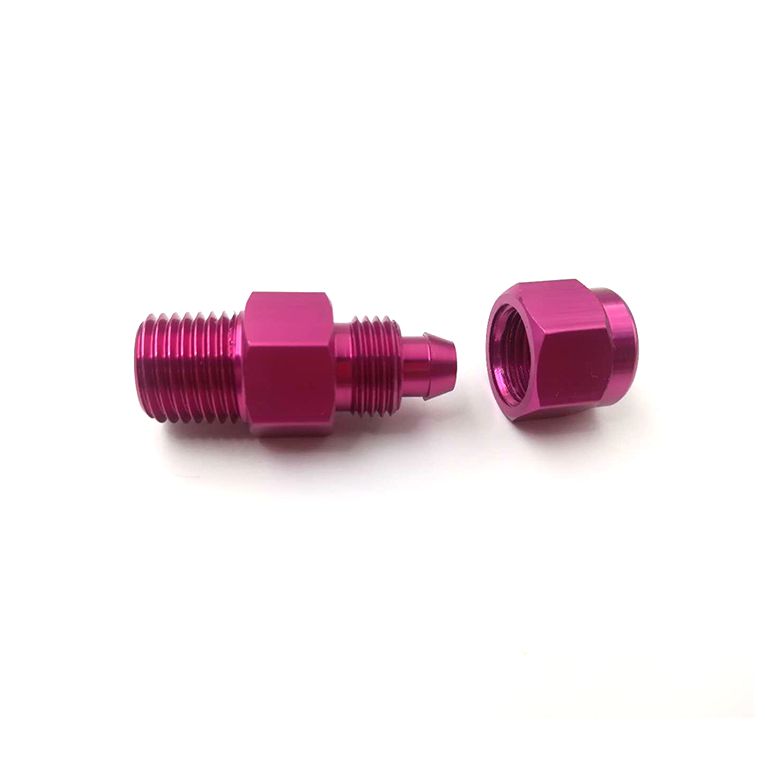
Drilling is a fundamental machining process used across various industries for creating holes in workpieces. While it may seem like a straightforward operation, achieving precise roundness in drilled holes can be a challenging task. Roundness errors, which refer to deviations from a perfect circular shape, can adversely affect the quality and functionality of the final product. This article delves into the causes of roundness errors in drilling operations, providing a comprehensive understanding of the factors that contribute to this issue.
1. Tool Deflection
One of the primary factors leading to roundness errors in drilling is tool deflection. Tool deflection occurs when the cutting tool bends or flexes under the force applied during drilling. This bending can cause the hole to deviate from a perfect circle, leading to a loss of roundness. Several factors contribute to tool deflection, including the tool's material, diameter, length, and the cutting forces applied. Reducing tool deflection often requires using stiffer or shorter tools and optimizing cutting conditions to minimize forces.
1. Workpiece Material
The material being drilled also plays a crucial role in roundness errors. Different materials exhibit varying levels of hardness, abrasiveness, and thermal conductivity, all of which can influence the drilling process. Harder materials tend to be more challenging to machine and can lead to increased tool wear and deflection. Additionally, materials with abrasive properties can accelerate tool wear, negatively impacting roundness.
1. Tool Wear
Tool wear is an inevitable aspect of drilling operations, and it can significantly contribute to roundness errors. As a cutting tool wears down, its geometry changes, leading to deviations in the hole's shape. Flank wear, crater wear, and chipping are common types of tool wear that can affect roundness. Regular tool maintenance, such as sharpening or replacing worn tools, is essential for minimizing roundness errors due to tool wear.
1. Machine Rigidity
The rigidity of the drilling machine itself is a critical factor affecting roundness. Machines with poor rigidity can vibrate or flex during drilling, leading to deviations from the desired hole shape. High-quality, well-maintained machines with robust structures are essential for achieving better roundness control.
1. Cutting Parameters
The selection of cutting parameters, such as cutting speed, feed rate, and depth of cut, significantly impacts roundness in drilling. Incorrect parameters can lead to excessive tool wear, deflection, and poor hole quality. Properly optimizing cutting parameters based on the material being drilled and the tool used is crucial for achieving roundness accuracy.
1. Workpiece Fixturing
The way the workpiece is secured during drilling can influence roundness errors. Improper fixturing can lead to workpiece movement or vibration, resulting in deviations from roundness. Adequate clamping and support mechanisms must be in place to minimize these issues.
1. Coolant and Lubrication
Coolant and lubrication play a dual role in drilling operations. They help dissipate heat generated during drilling, reducing the risk of thermal distortion, and they aid in chip evacuation. Insufficient coolant and lubrication can lead to overheating, increased tool wear, and reduced roundness accuracy.
1. Tool Alignment
Tool alignment is another critical factor in achieving round holes. If the cutting tool is not properly aligned with the workpiece, it can result in eccentric holes. Ensuring precise tool alignment through proper setup and fixturing is essential for maintaining roundness.
1. Machining Sequence
The sequence in which holes are drilled in a workpiece can affect roundness errors. Drilling neighboring holes before completing the central hole, for instance, can lead to cumulative errors that affect roundness. Proper planning and sequencing of drilling operations can help mitigate this issue.
1. Human Factors
Human error can also contribute to roundness errors. Inaccurate setup, incorrect tool selection, or improper operation can lead to deviations from roundness. Proper training and adherence to established procedures are essential for minimizing human-induced errors.
Conclusion
Achieving roundness in drilling operations is a critical aspect of ensuring the quality and functionality of machined components. Understanding the causes of roundness errors is the first step in addressing this issue effectively. Factors such as tool deflection, workpiece material, tool wear, machine rigidity, cutting parameters, workpiece fixturing, coolant and lubrication, tool alignment, machining sequence, and human factors all play a role in roundness accuracy. By carefully considering and optimizing these factors, manufacturers can enhance the precision and reliability of their drilling processes, ultimately leading to higher-quality products and improved efficiency.

Copyright © 2025 Dongguan Yifeng Metal Co., Ltd. | All Rights Reserved